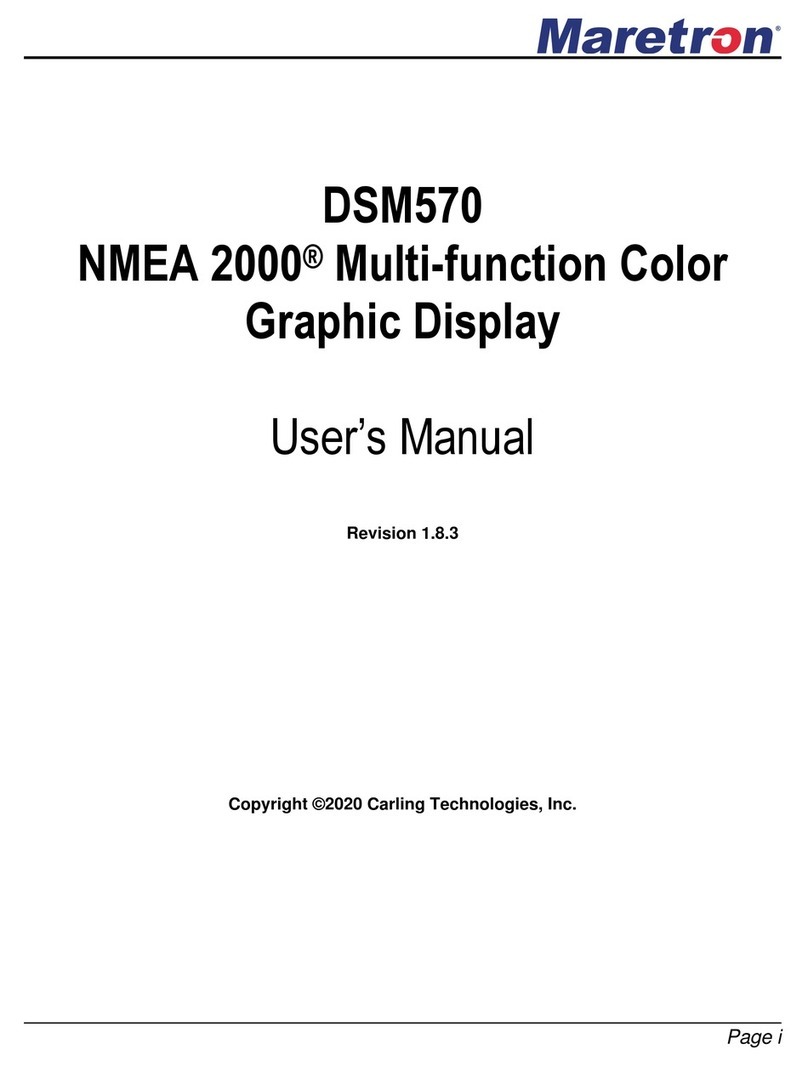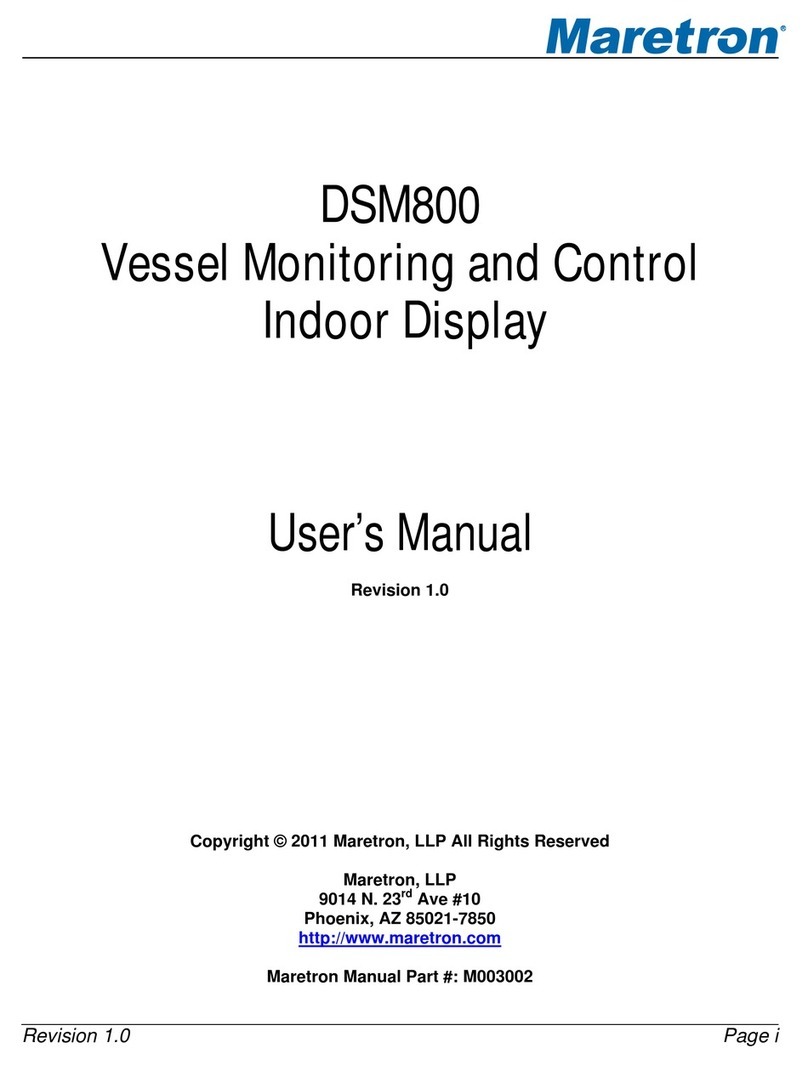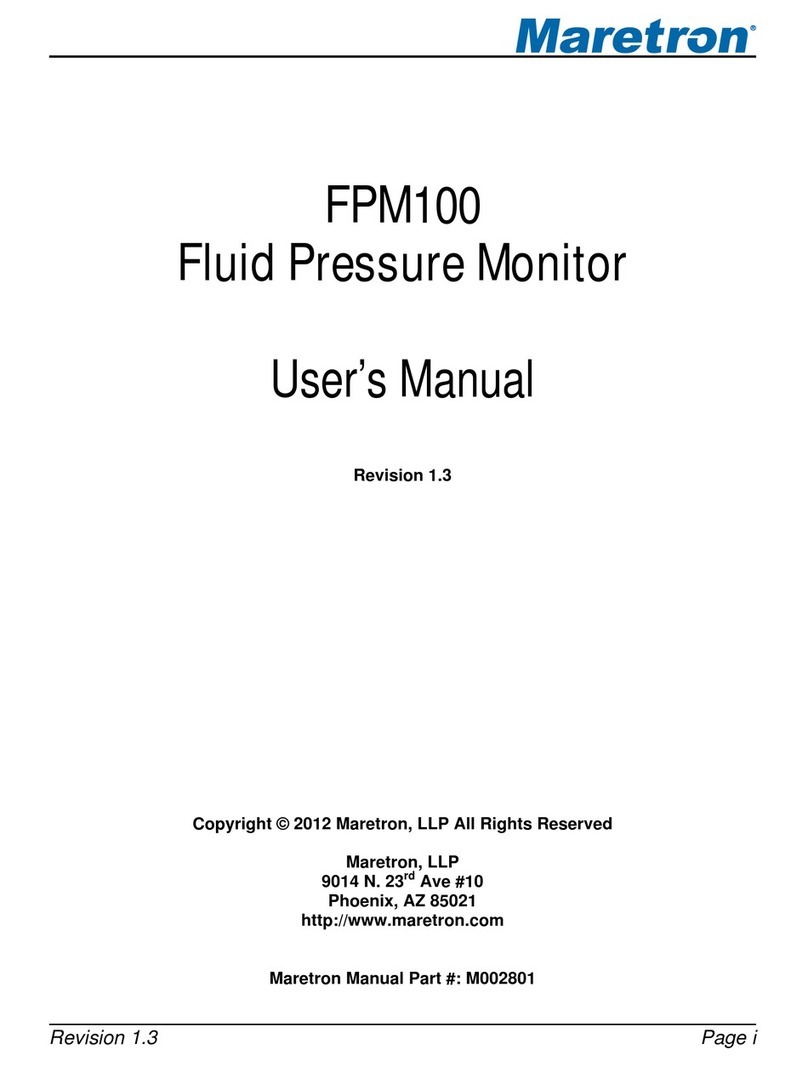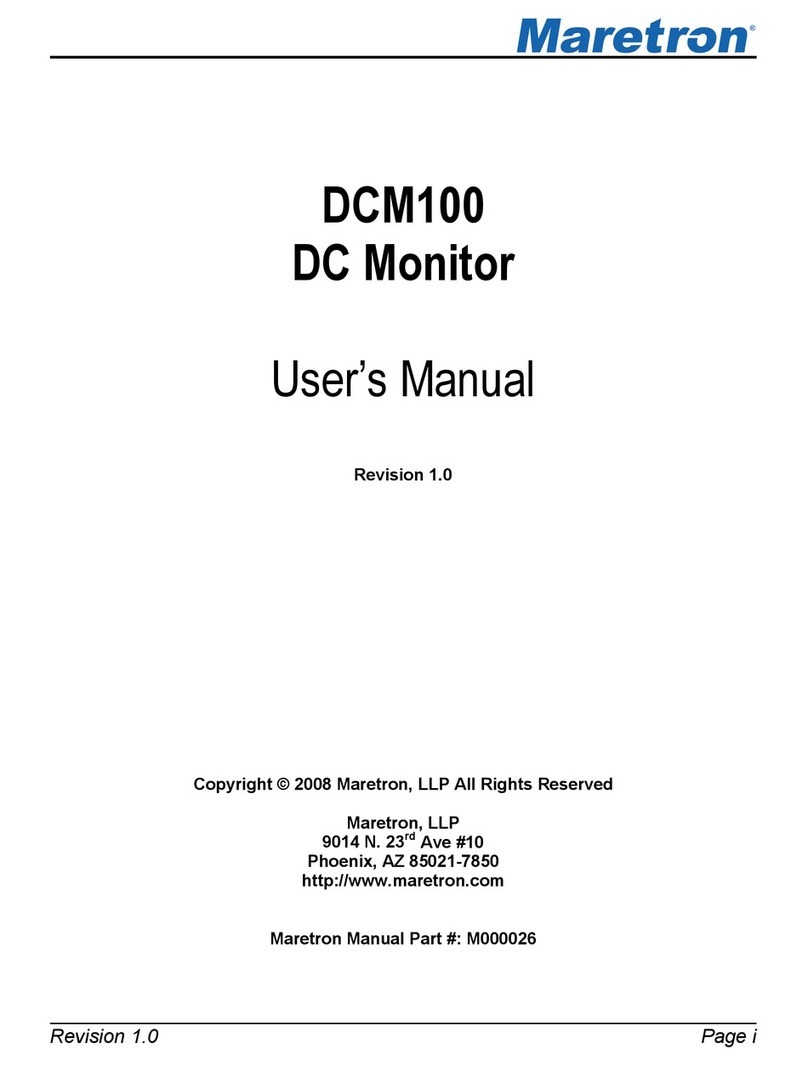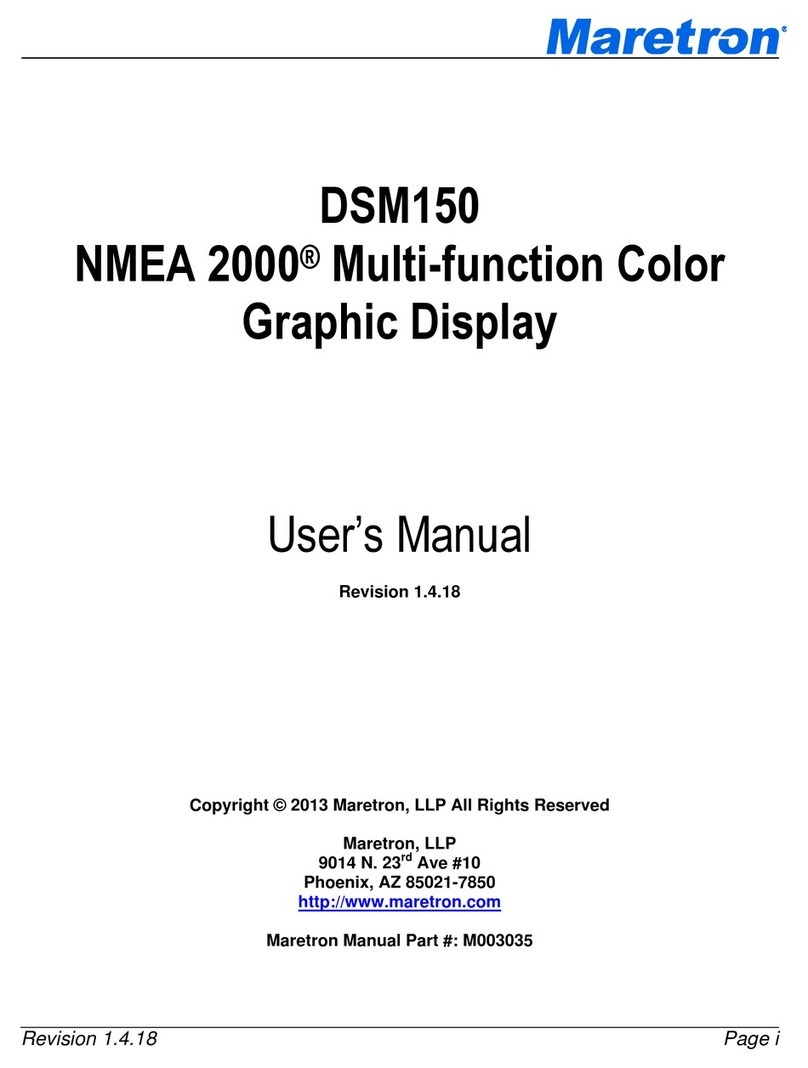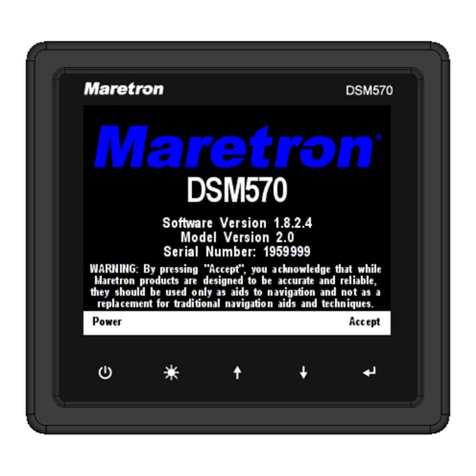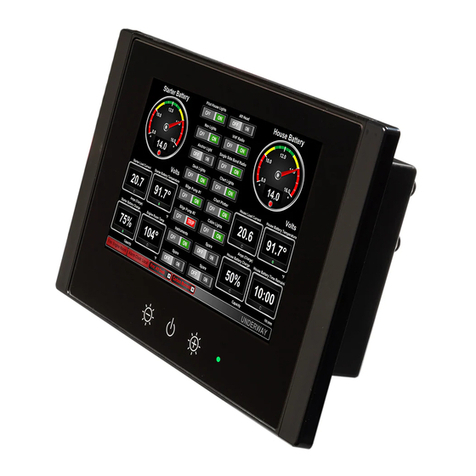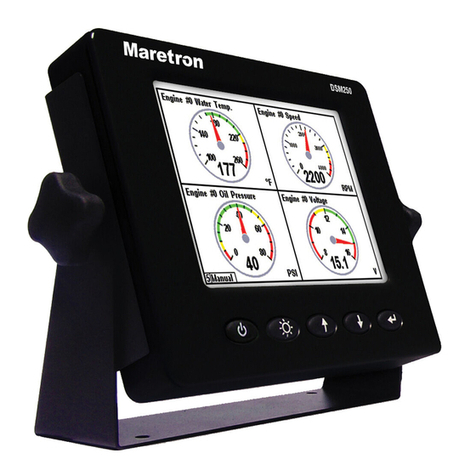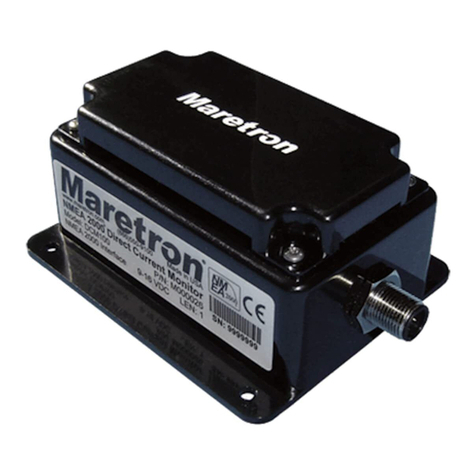
DSM250 User’s Manual
Page vi Revision 1.4.2
6.12.3Instance .................................................................................................................... 102
6.12.4Channel Configuration .............................................................................................. 102
6.13Maretron SIM100 Configuration ..................................................................................... 103
6.13.1Advanced Configuration............................................................................................ 103
6.13.2Device Label ............................................................................................................. 104
6.13.3Instance .................................................................................................................... 105
6.13.4Channel Configuration .............................................................................................. 105
6.14Maretron SSC200 Configuration .................................................................................... 106
6.14.1Advanced Configuration............................................................................................ 106
6.14.2Installation Offset Calibration .................................................................................... 109
6.14.3Inverted Installation Entry ......................................................................................... 110
6.14.4Label ......................................................................................................................... 111
6.14.5Magnetic Deviation Calibration ................................................................................. 111
6.14.6Magnetic Deviation Status ........................................................................................ 112
6.14.7Rate of Turn Damping Period ................................................................................... 112
6.14.8Rate of Turn Zero Offset Calibration ......................................................................... 113
6.14.9Variation Source Entry .............................................................................................. 113
6.15Maretron TLA100 Configuration ..................................................................................... 117
6.15.1Advanced Configuration............................................................................................ 117
6.15.2Label ......................................................................................................................... 118
6.15.3Tank Capacity........................................................................................................... 118
6.15.4Tank Levels Calibration ............................................................................................ 119
6.15.5Tank Number ............................................................................................................ 124
6.15.6Tank Type................................................................................................................. 124
6.15.7Operating Mode ........................................................................................................125
6.15.8Gauge Resistance, + to Sender................................................................................ 126
6.15.9Gauge Resistance, - to Sender................................................................................. 126
6.16Maretron TLM100 Configuration .................................................................................... 128
6.16.1Advanced Configuration............................................................................................ 128
6.16.2Label ......................................................................................................................... 129
6.16.3Tank Capacity........................................................................................................... 129
6.16.4Tank Levels Calibration ............................................................................................ 130
6.16.5Tank Number ............................................................................................................ 134
6.16.6Tank Type................................................................................................................. 134
6.17Maretron TLM150 Configuration .................................................................................... 135
6.18Maretron TLM200 Configuration .................................................................................... 135
6.19Maretron TMP100 Configuration .................................................................................... 136
6.19.1Advanced Configuration............................................................................................ 136
6.19.2Channel Configuration .............................................................................................. 137
6.19.3Device Label ............................................................................................................. 138
6.20Maretron USB100 Configuration .................................................................................... 139
6.20.1Advanced Configuration............................................................................................ 139
6.20.2Remote Device Selection.......................................................................................... 140
6.21Maretron WSO100 Configuration ................................................................................... 142
6.21.1Advanced Configuration............................................................................................ 142
6.21.2Device Label ............................................................................................................. 144
6.21.3Installation Offset Calibration .................................................................................... 144
6.21.4Wind Data Damping Period ...................................................................................... 146
